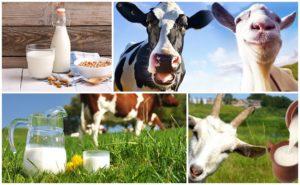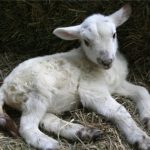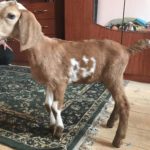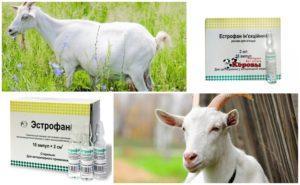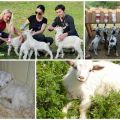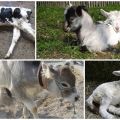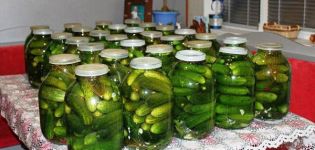Causes and signs of rickets in kids, treatment and prevention
If the rules of feeding are not followed, if a balanced diet is not observed, the kids develop rickets. The disease causes a lack of vitamin D, calcium, phosphorus in the animal's body. To avoid the risk of getting sick, the farmer must follow the rules for feeding pets. Every breeder should be aware of the clinical signs of rickets in kids, symptoms and treatment.
Reasons for the appearance
Rickets is a violation of calcium-phosphorus metabolism in the body of kids. The risk of the disease in winter is especially high, when green fodder is absent, and the quality of root crops is low. The consequences of pathology are malnutrition, an insufficient number of walks in the fresh air.
Rickets can occur due to the incorrect ratio of nutrients in the feed. This is often manifested in one-sided feeding of young individuals with feeds containing a low percentage of useful elements: calcium, phosphorus, vitamin D. The appearance of the disease can provoke a lack of vitamin A, protein. With insufficient exposure to ultraviolet rays, a violation of calcium-phosphorus metabolism occurs.
The development of rickets is mainly observed in young animals, manifested as a result of improper feeding of pregnant and lactating goats. The result of a lack of useful trace elements negatively affects the offspring. The kids are born with weak immunity.
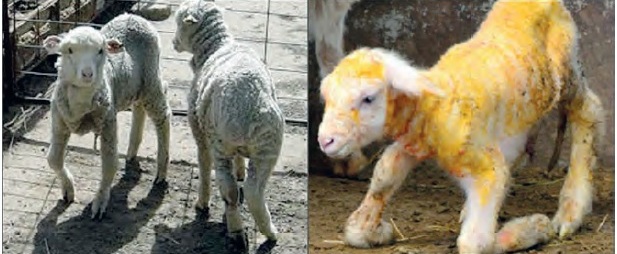
Signs and symptoms of the disease
If the kid is born weak, the farmer should closely monitor its growth and development. The first signs of the manifestation of the disease include:
- loss of appetite, lethargy of the animal, signs of exhaustion appear;
- the kid begins to lick the feeder, walls, eat dirty litter;
- there is a digestive disorder: diarrhea and other manifestations;
- there is a curvature of the spine, limbs, it becomes difficult for the kid to move.
With this disease, the animal's body lacks vitamins involved in the formation of the skeletal system. The kids become weak, their metabolic processes are disrupted, which leads to developmental delays and other ailments.
Diagnostic methods
Rickets in young animals develops gradually, the farmer may not notice the first signs immediately. The veterinarian diagnoses the disease based on the animal's living conditions, symptoms, laboratory tests.
If necessary, a specialist conducts a histological examination of bone tissue, makes an x-ray.
When conducting differential diagnostics, the doctor excludes:
- osteodystrophy;
- paresis;
- rheumatism;
- diseases of the biogeochemical sector and a number of other diseases of a specific nature.
When the first signs of the development of the disease are detected, timely complex treatment and the normalization of the diet, the animal quickly recovers. With the advanced stage of rickets, various viral, bacterial infections are added. In this case, immunity decreases, the prognosis is usually poor.
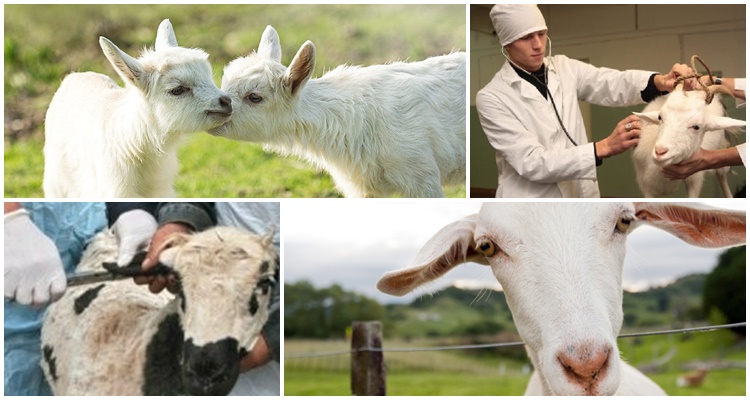
Methods for treating rickets in kids
Children should be treated comprehensively. The sick animal is removed from the rest of the livestock, the conditions of detention are improved. A dry, clean room is organized, fresh bedding is laid. They increase the number of walks in the fields with fresh grass, mainly in clear weather.
The diet of kids with rickets is added:
- dairy products;
- high protein feed;
- calcium;
- phosphorus.
The food should be balanced, easily digestible. Mineral feed, bone meal, calcium chloride, chalk are added to the diet. The following drugs are administered to the animal: "Trivit", "Trivitamin", "Tetravit". Vitamins D2 and D3 are injected intramuscularly.
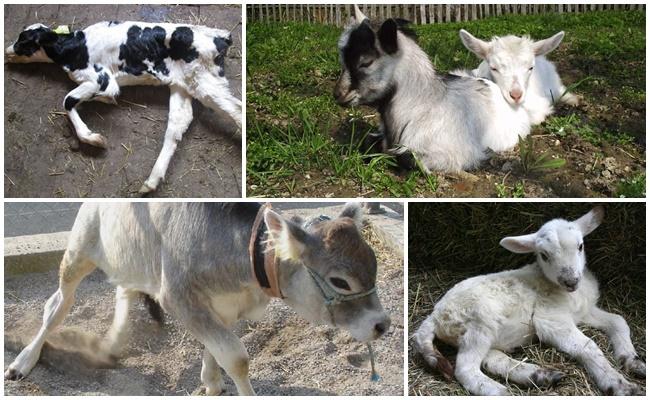
Prevention
The appearance of rickets can be prevented if the necessary preventive measures are taken in a timely manner. Animals need to be provided with regular outdoor exercise, as ultraviolet light helps the absorption of vitamin D.
The room for keeping kids should be dry, clean and well ventilated. There should always be fresh and clean bedding. Newborns are provided with a place that meets sanitary and hygienic standards. Arrange ultraviolet irradiation.
In order to prevent the development of the disease in animals in farms, a group of young animals is isolated, from which blood serum is taken every 2 weeks for testing for the content of phosphorus and calcium in it.
Compliance with sanitary standards and rules, increased attention, quality care and balanced nutrition contribute to the appearance of healthy droppings, the growth and development of kids. Any disease is easier to prevent than to cure. If you follow these rules, animals will always be healthy.
